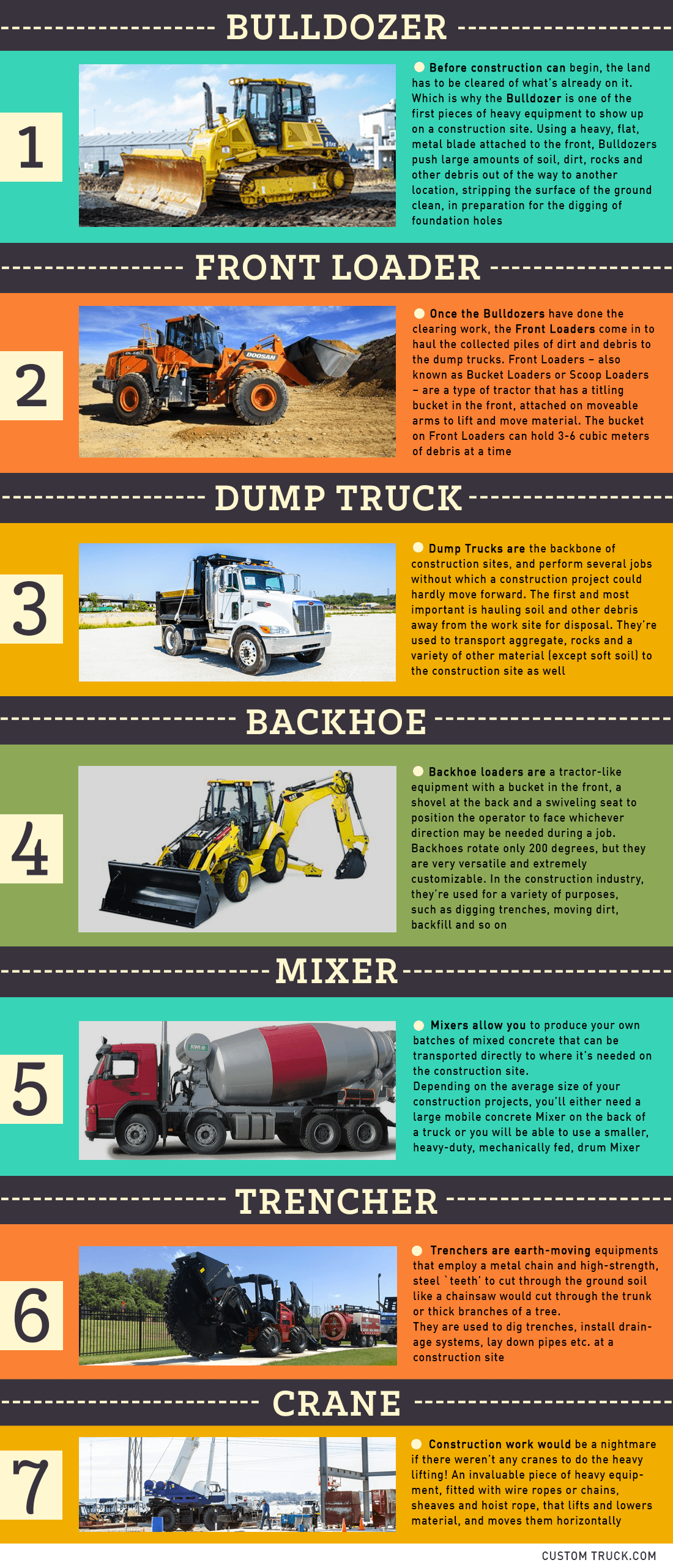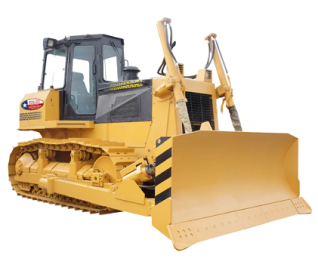Dependable Dozer Rental Bremen, GA: Heavy Machinery for Your Construction Demands
Dependable Dozer Rental Bremen, GA: Heavy Machinery for Your Construction Demands
Blog Article
The Basics Overview to Leasing Excavators for Building Projects
Leasing excavators for building jobs is an important decision that demands a detailed understanding of different elements to make sure both efficiency and cost-effectiveness. From selecting the suitable excavator type and dimension to negotiating rental terms and making certain security procedures, each action plays a crucial role in the overall success of your project.
Types of Excavators
Excavators come in different kinds, each designed to carry out specific jobs in building jobs. The most usual type is the common excavator, additionally referred to as a crawler excavator, which is ubiquitous on the majority of work sites for its convenience in product, excavating, and trenching handling. These makers operate on tracks, giving security and flexibility over irregular terrain.
An additional crucial version is the mini excavator, prized for its portable dimension and dexterity. Ideal for little to medium-sized jobs, mini excavators master restricted spaces where larger machines would struggle. They are regularly utilized for landscape design, energy work, and small demolition.
For projects needing extended reach, the long-reach excavator is indispensable. Geared up with a longer boom and arm, these equipments can work in locations that are difficult to gain access to, such as across water bodies or deep excavations.
Lastly, there are specific excavators like the suction excavator, which makes use of high-powered followers to vacuum up dirt and particles, making it ideal for delicate below ground utilities. The dragline excavator, another specialized kind, is frequently used in large civil design projects like canal dredging and mining as a result of its capacity to lift hefty loads over fars away.
Picking the Right Dimension
Picking the appropriate dimension of an excavator is critical for the efficiency and success of any kind of building and construction task. The size influences not only the equipment's capacity to handle particular tasks yet also the functional costs and site access. Excavators come in numerous sizes, from compact units ideal for small household tasks to large makers designed for substantial commercial or industrial endeavors.
Understanding the extent of the task is important when picking the excavator size. For confined jobs or spaces requiring accuracy, such as trenching for utility lines, a miniature or compact excavator is perfect. These machines provide dexterity and simplicity of maneuverability without endangering on power. Alternatively, large-scale earthmoving procedures, like road building or large foundation digs, require making use of big or basic excavators. These versions provide improved reach, better bucket capacity, and exceptional excavating pressure.
Think about the site's terrain and accessibility factors. Bigger excavators might encounter difficulties in uneven or limited locations, making smaller versions much more useful. By thoroughly assessing these factors, building and construction managers can guarantee they select an excavator size that enhances performance and minimizes job hold-ups.
Rental Contract Basics

Similarly important is the thorough failure of costs. This consists of the day-to-day, regular, or month-to-month rental prices, and any type of added charges such as fuel, distribution, or cleaning charges. It's a good idea to ask about prospective charges for late returns or damages to stay clear of unanticipated expenditures.
The problem of the excavator at the time of rental must also be well-documented. Make sure the arrangement consists of a thorough assessment report that keeps in mind any kind of pre-existing damages. This secures you from responsibility for issues that existed before your rental period began.
Insurance coverage is another vital element. Verify whether the rental business provides insurance or if you need to protect your very own policy. Finally, understand the terms for equipment repair and maintenance. Understanding your responsibilities for upkeep during the rental period will certainly assist keep the excavator in optimum working condition, minimizing downtime and boosting task effectiveness.
Upkeep and Safety Tips
When managing excavators on a building site, adhering to appropriate upkeep and safety and security methods is important for ensuring both operational effectiveness and employee safety. Lubricating moving components and guaranteeing fluid degrees are optimum can stop costly downtime and prolong the device's functional life-span.
Operators must be extensively educated and accredited to take care of excavators, understanding the device's restrictions and controls. It's crucial to perform daily assessments, concentrating on safety attributes such as alarm systems, seatbelts, and emergency situation shutoff changes.
Executing a robust upkeep schedule and cultivating a culture of safety and security can reduce threats considerably. Always get in touch with the producer's manual for certain maintenance periods and safety and security standards. By focusing on these elements, building and construction tasks can continue smoothly, minimizing disturbances and read this making certain a secure working environment for all employees involved.
Cost-Saving Techniques
When renting out excavators for building projects,Efficient cost-saving techniques are critical for taking full advantage of the return on financial investment. One essential method is to perform a complete requirements assessment before service. Understanding the specific needs of your project helps in selecting the appropriate kind and dimension of excavator, protecting against unnecessary expenditures on large or excessively specialized tools.
One more crucial strategy is to negotiate rental terms. Lots of rental firms offer flexible rates structures, especially for long-lasting rentals. Developing a good partnership with the rental service provider can likewise result in commitment price cuts and better terms. In addition, scheduling in development can occasionally protect lower rates contrasted to last-minute leasings.

Lastly, consider the total price of ownership, consisting of transport, fuel, and insurance coverage. Packing these services with the rental agreement can often lead to an extra beneficial total package. By implementing these techniques, construction tasks can achieve substantial expense performances while making sure operational effectiveness.
Conclusion
To conclude, the critical choice and leasing of excavators for building tasks necessitate a thorough understanding of excavator types, suitable sizing, and the intricacies of rental agreements. Stressing normal maintenance and safety procedures is essential to ensuring functional efficiency and decreasing risks. Carrying out cost-saving strategies via meticulous preparation and arrangement can additionally boost task efficiency while regulating costs. Following these standards will add considerably to the effective execution of construction ventures.
From choosing the appropriate excavator type and dimension to working out rental terms and making sure safety protocols, each step plays a critical duty in the overall success of your task. scissor lift rental Bremen GA. The most typical type is the common excavator, also understood as a spider excavator, which is ubiquitous on many task websites for its convenience in digging, product, and trenching handling. By completely evaluating these elements, building and construction click to read more managers can ensure they pick an excavator dimension that enhances efficiency and minimizes job hold-ups

Knowing your duties for upkeep during the rental duration will certainly assist maintain the excavator in optimal working condition, decreasing downtime and boosting task efficiency.
In conclusion, the tactical selection and rental of excavators for building and construction tasks necessitate a thorough understanding of excavator types, appropriate sizing, and the complexities of rental contracts.
Report this page